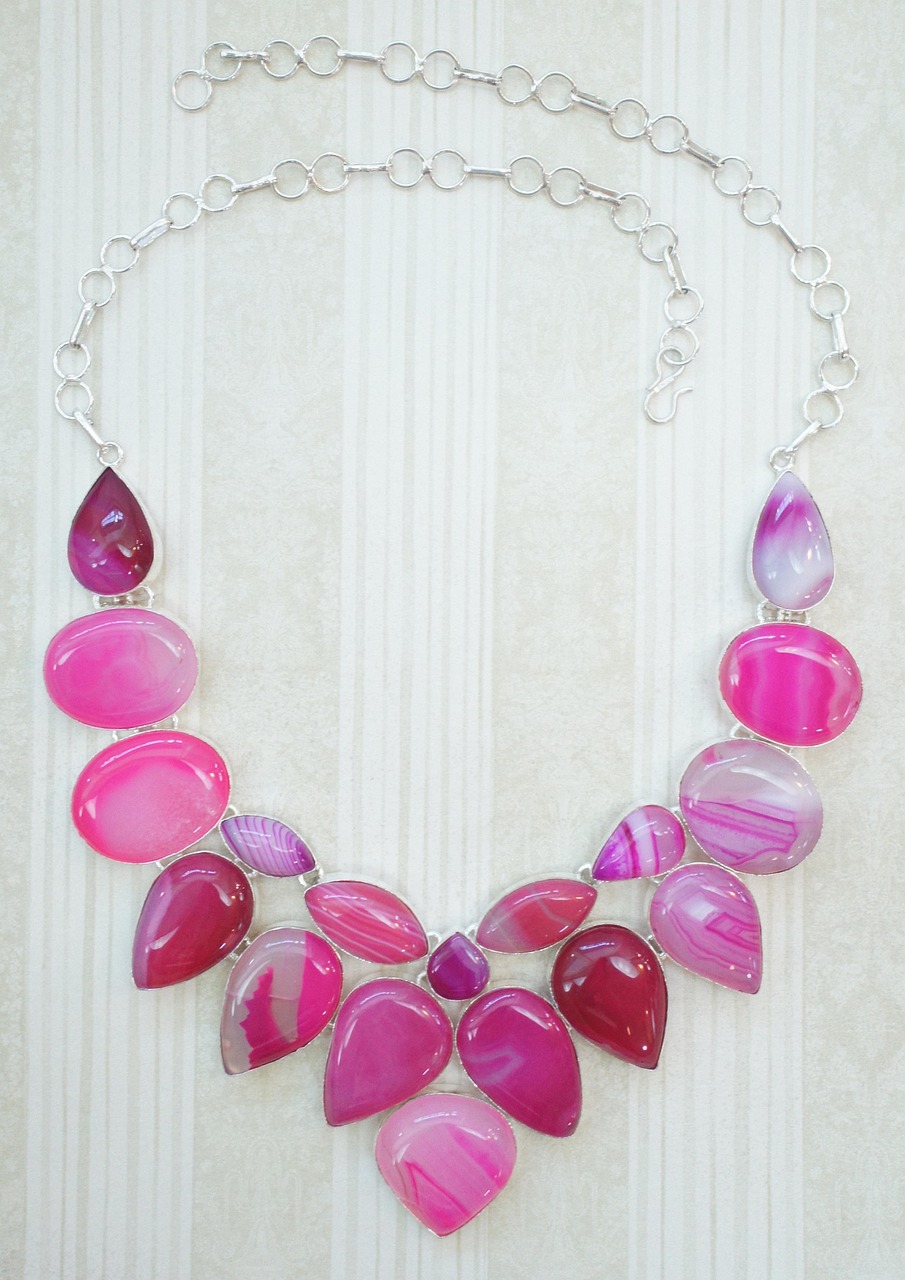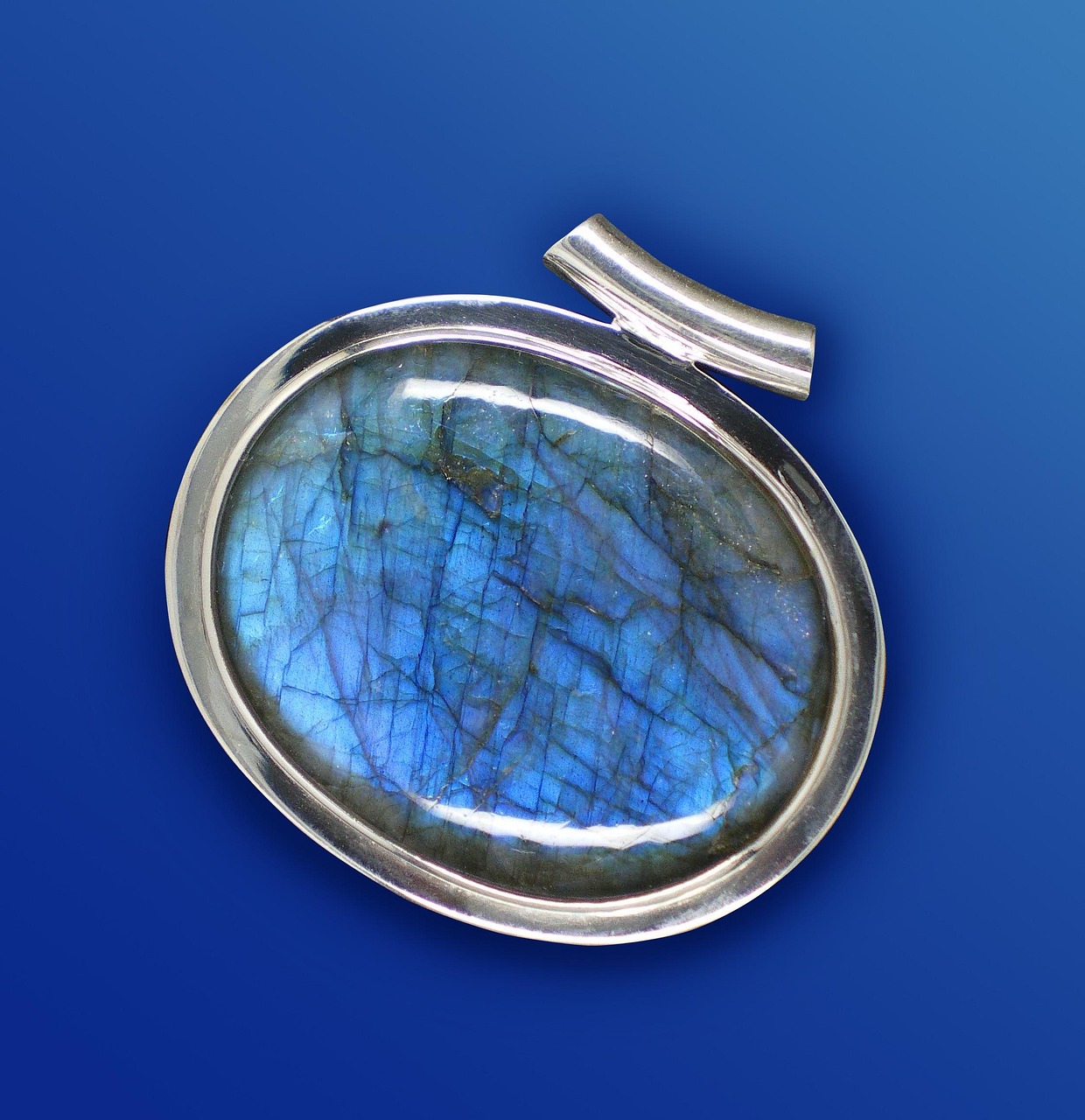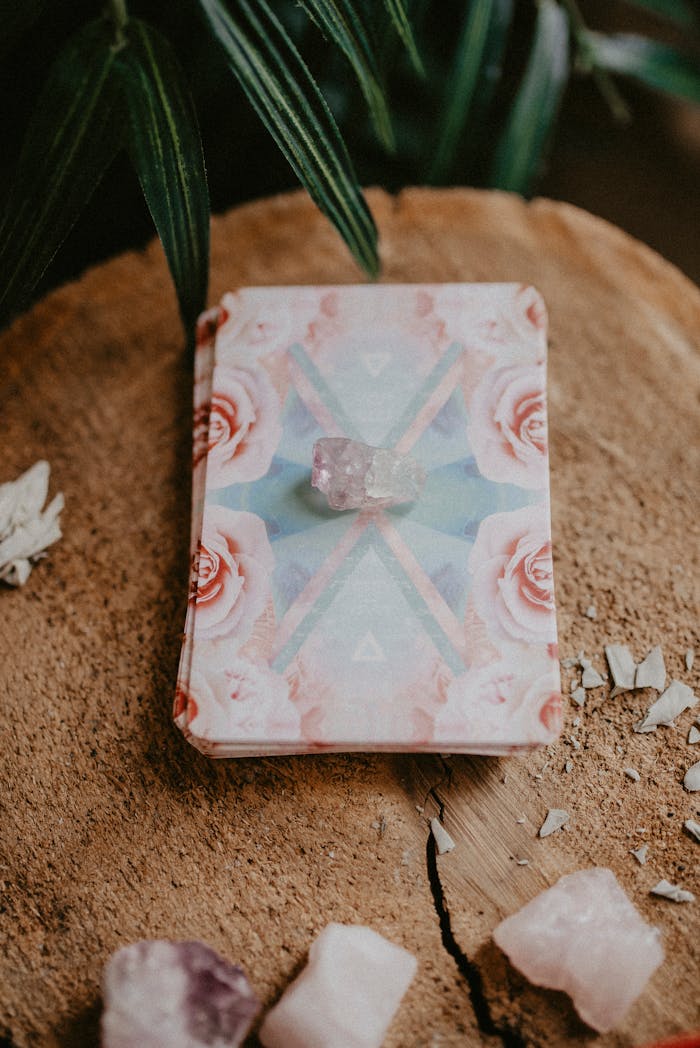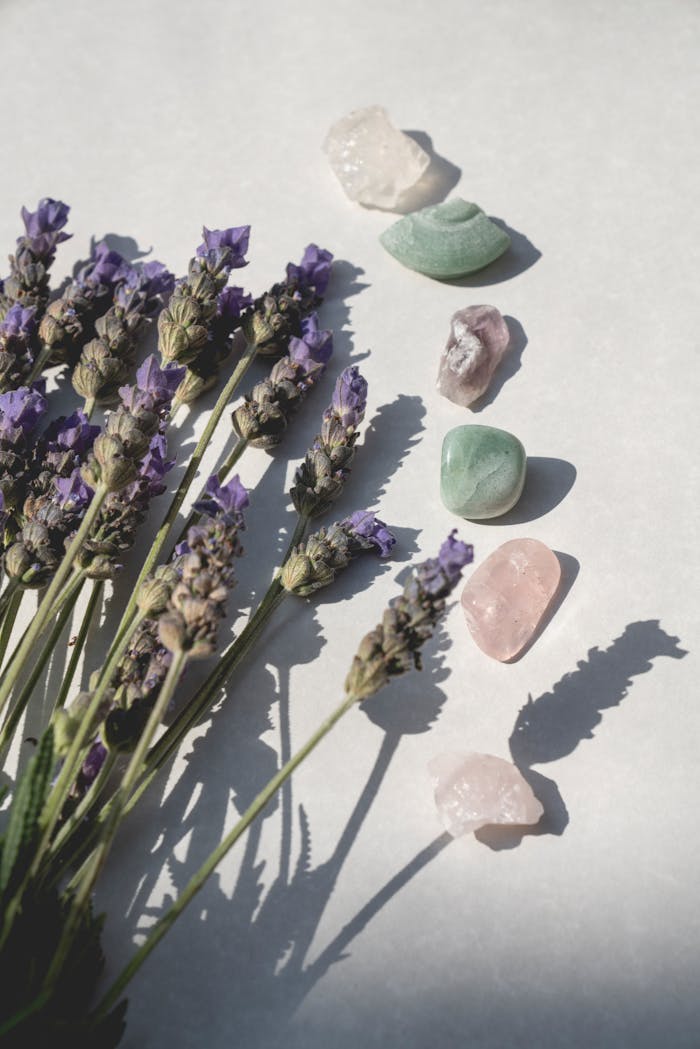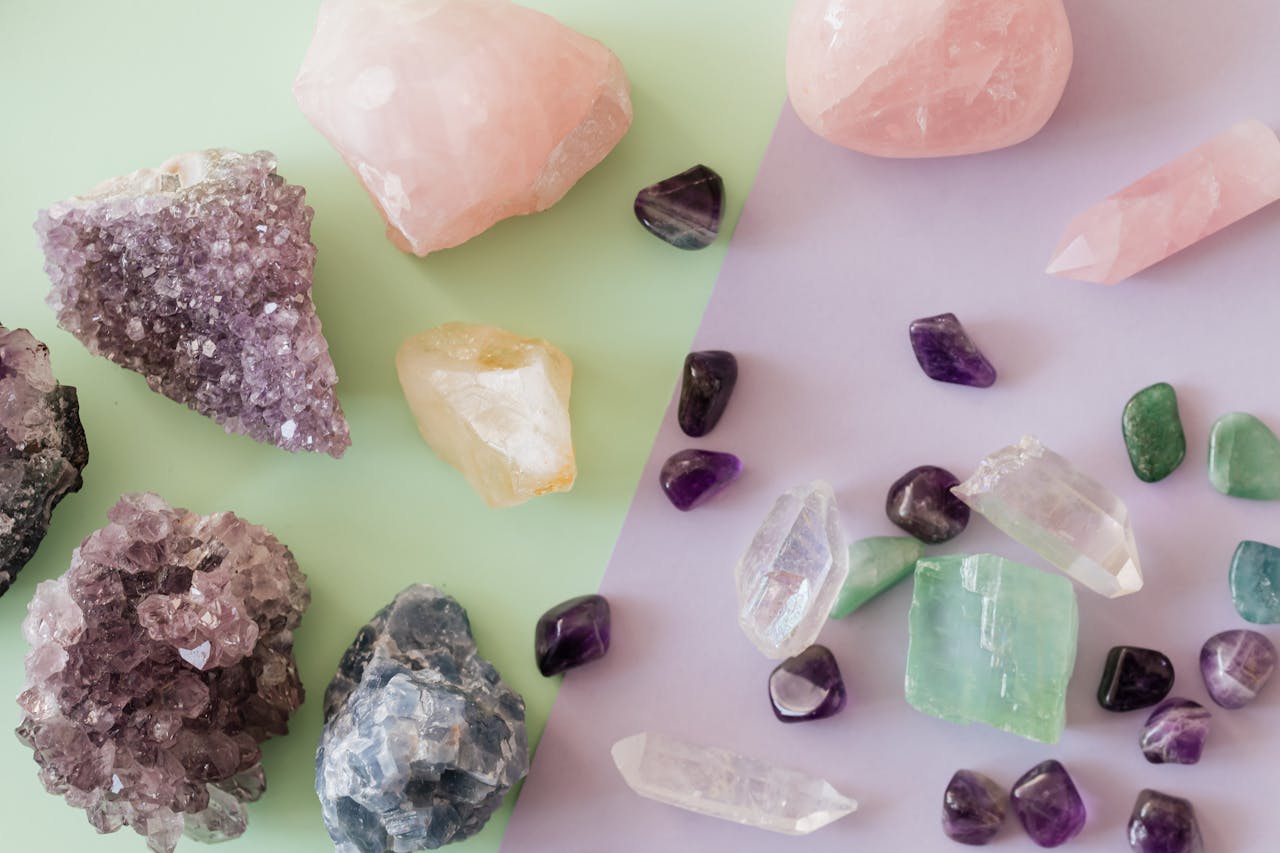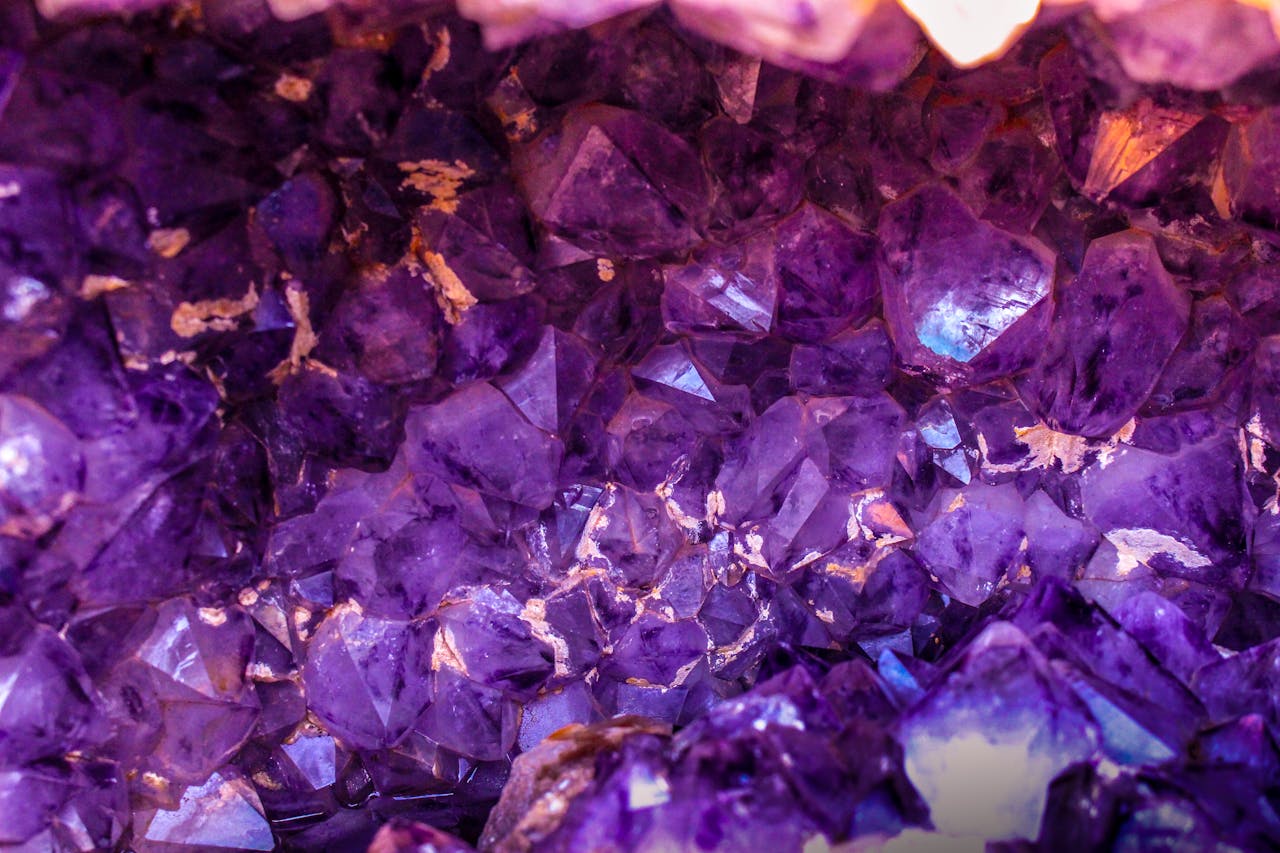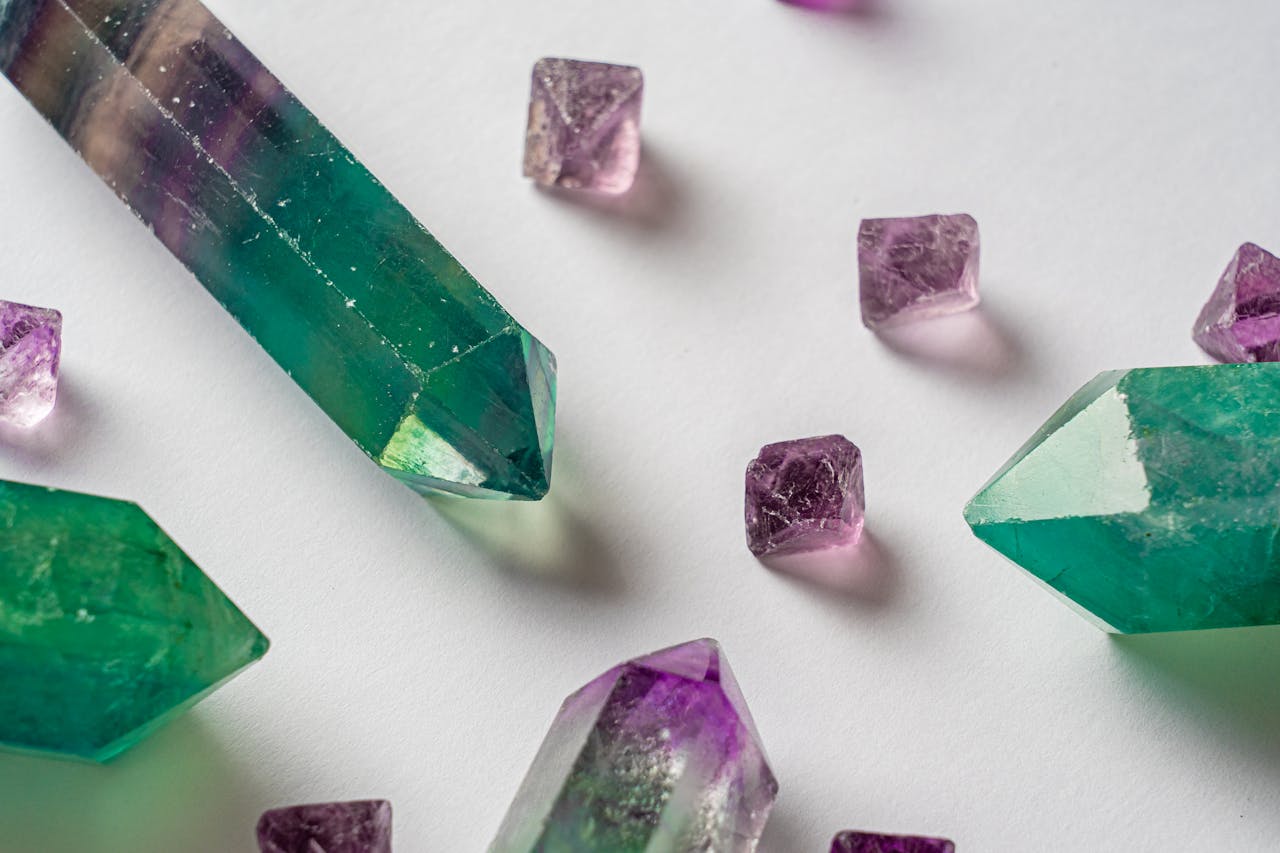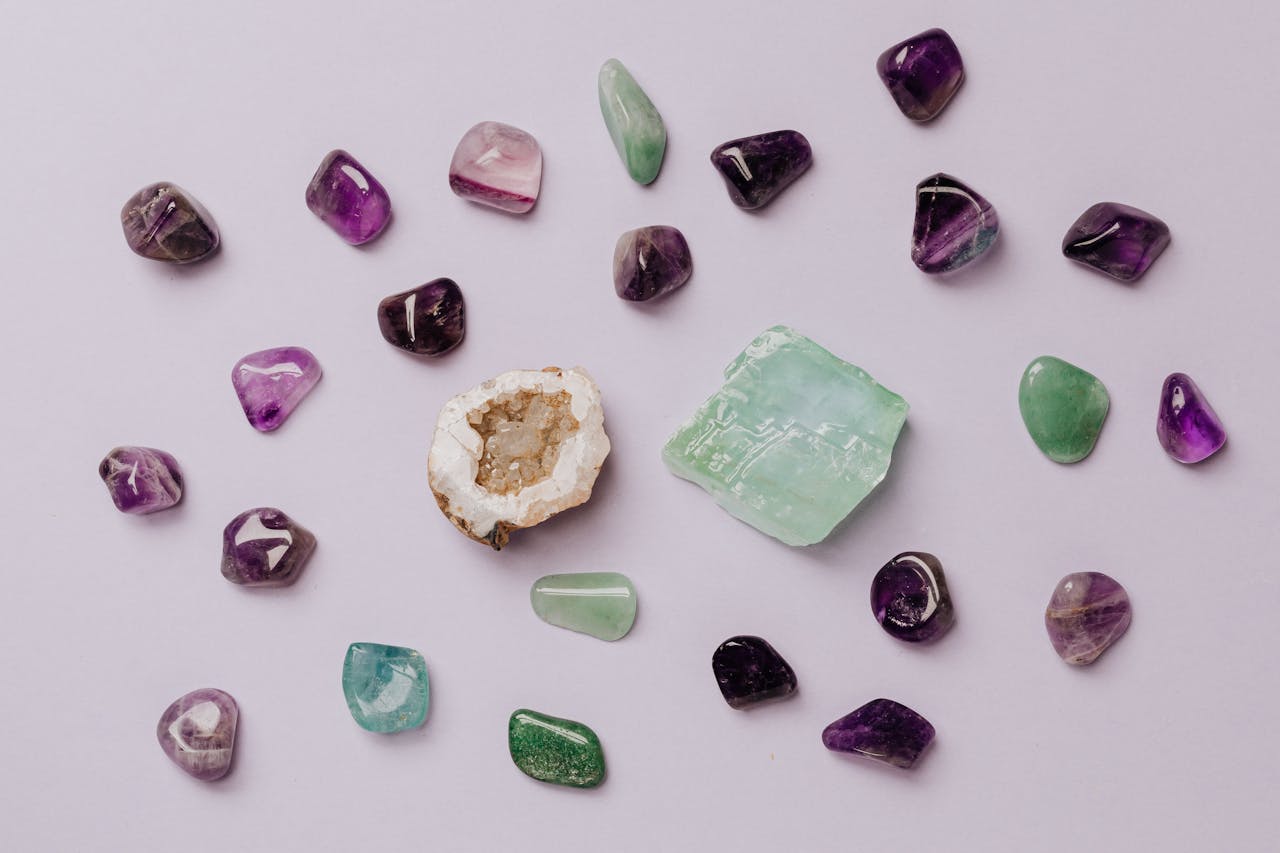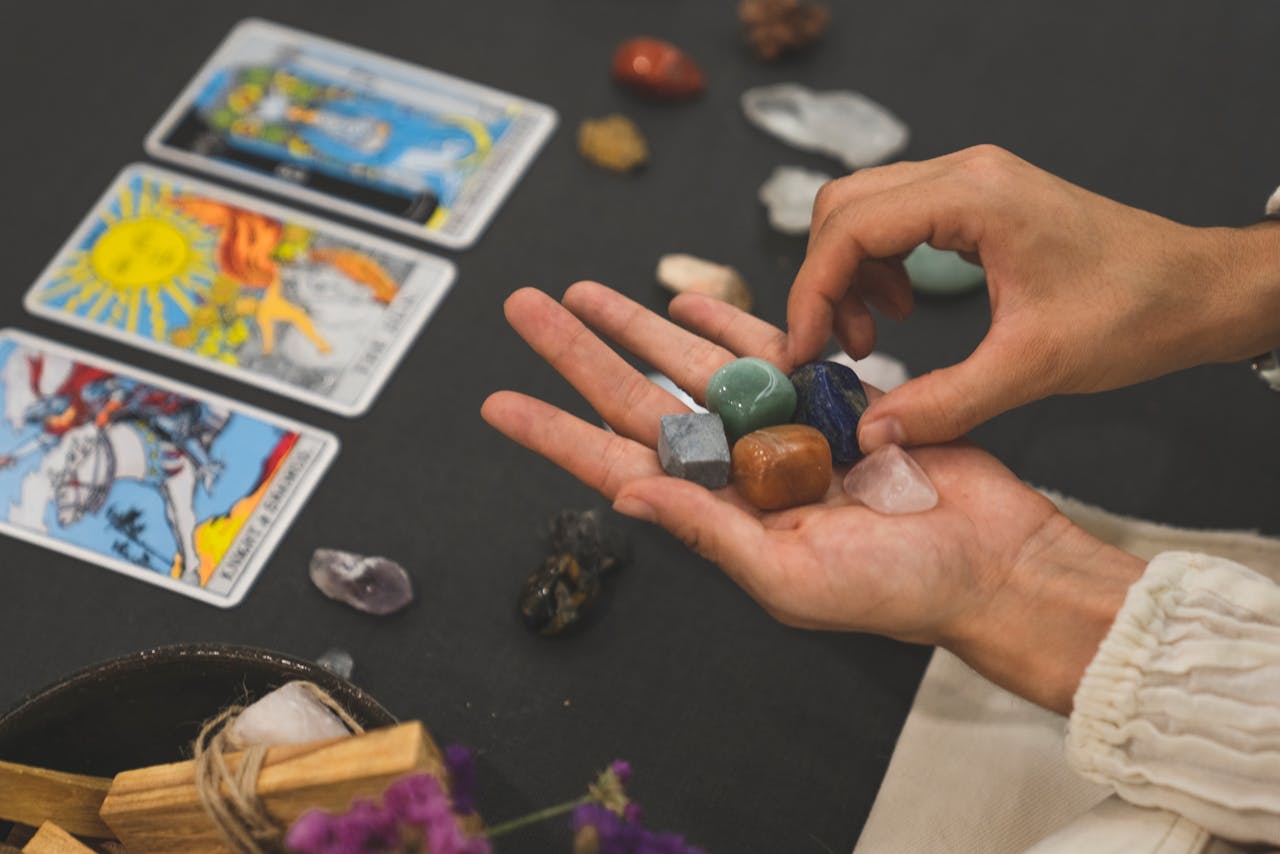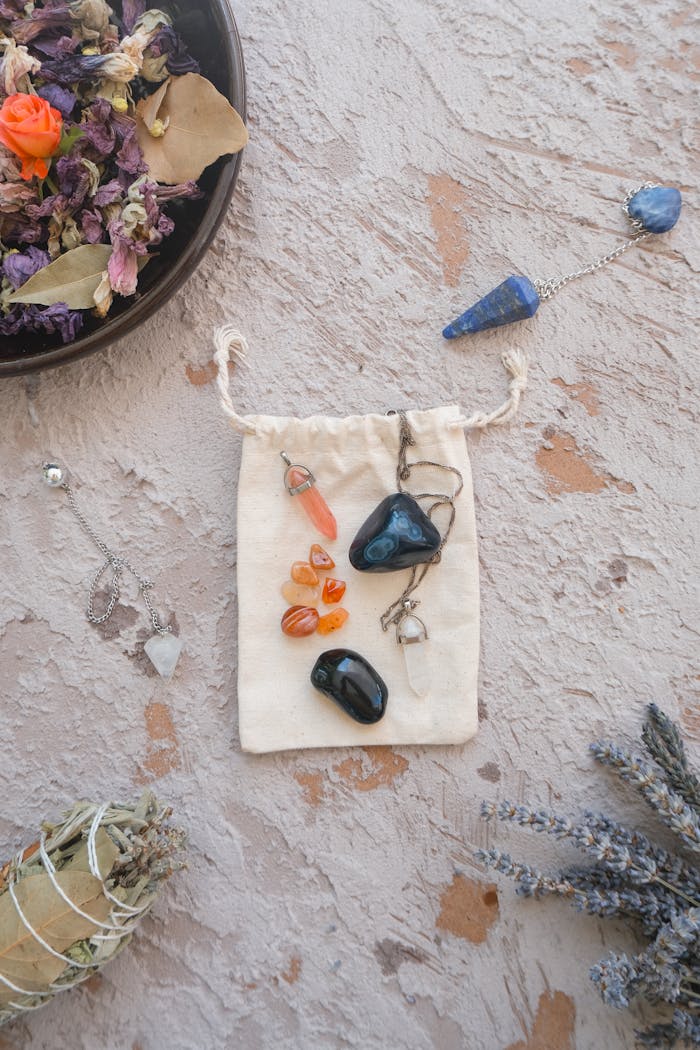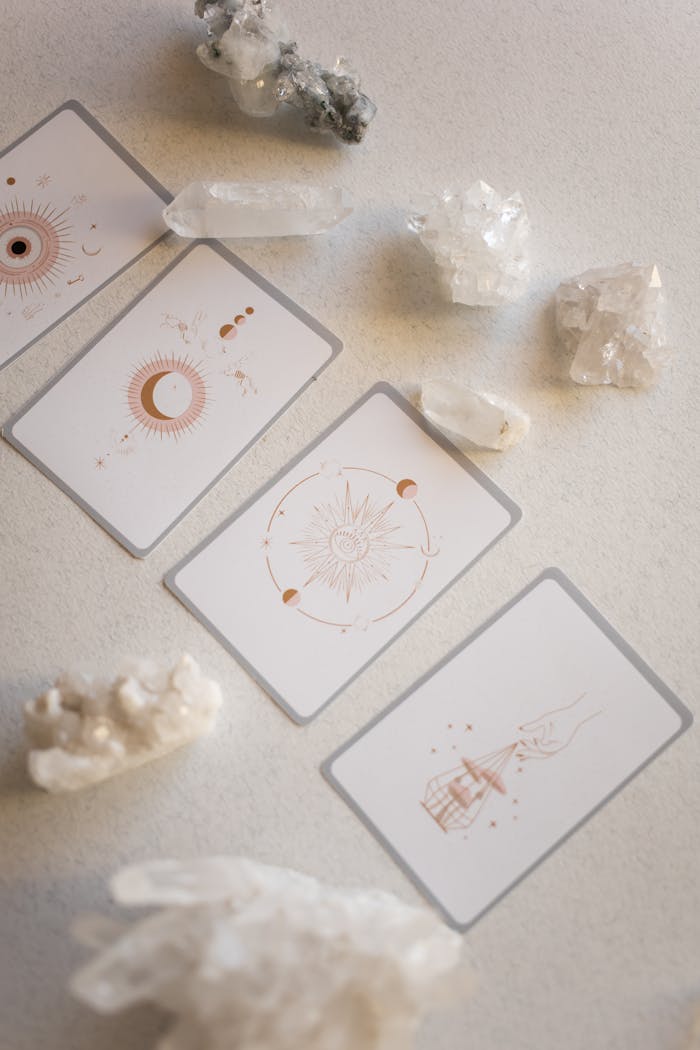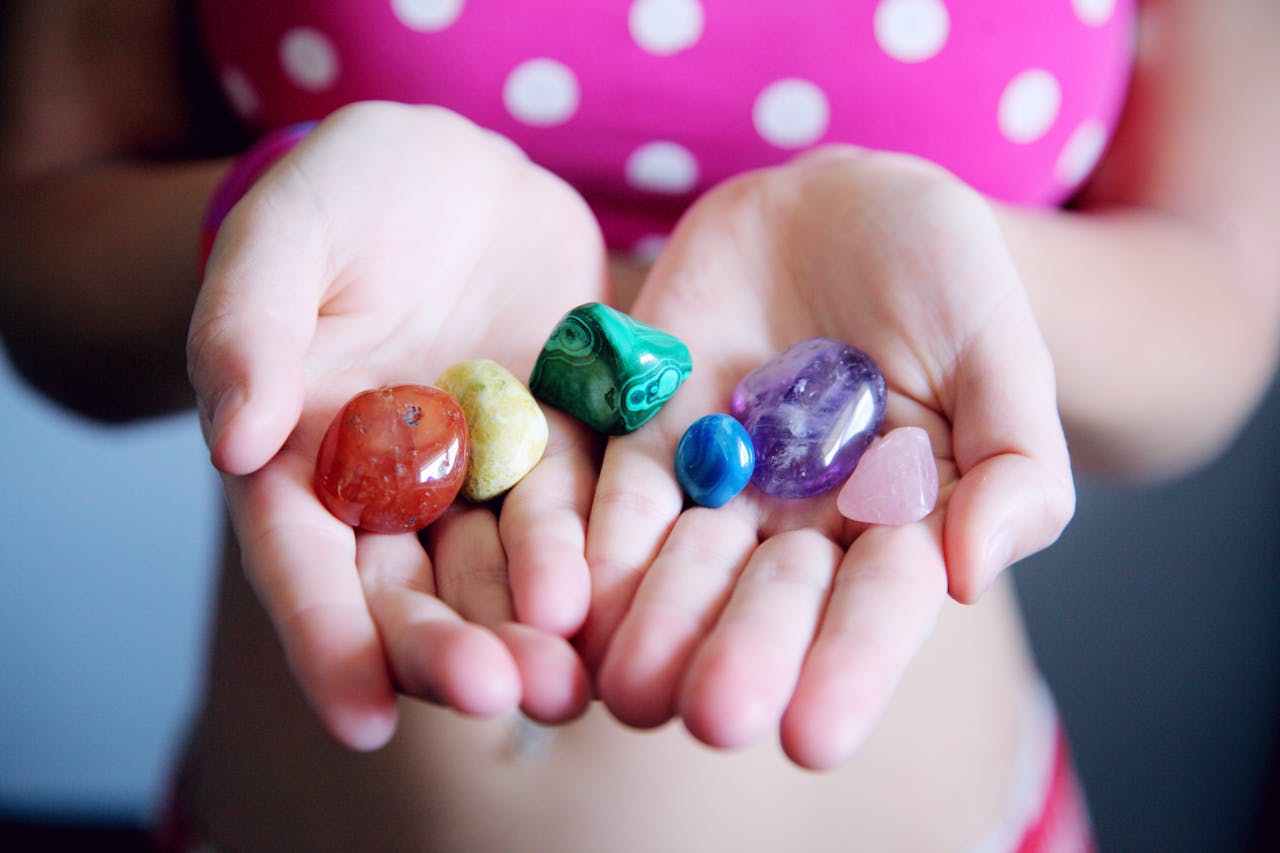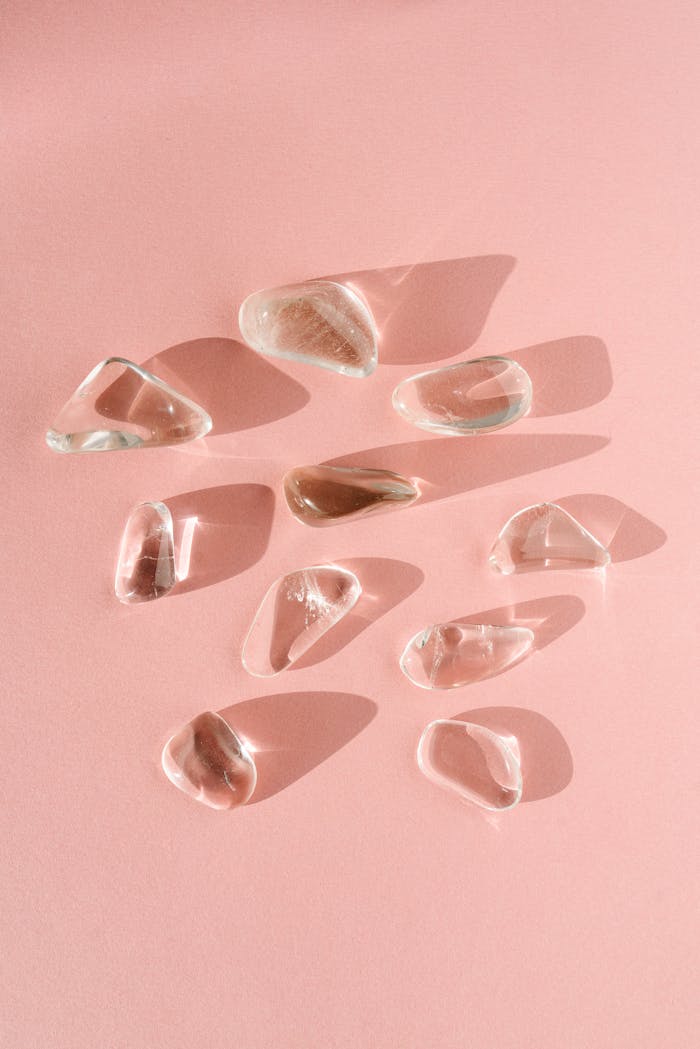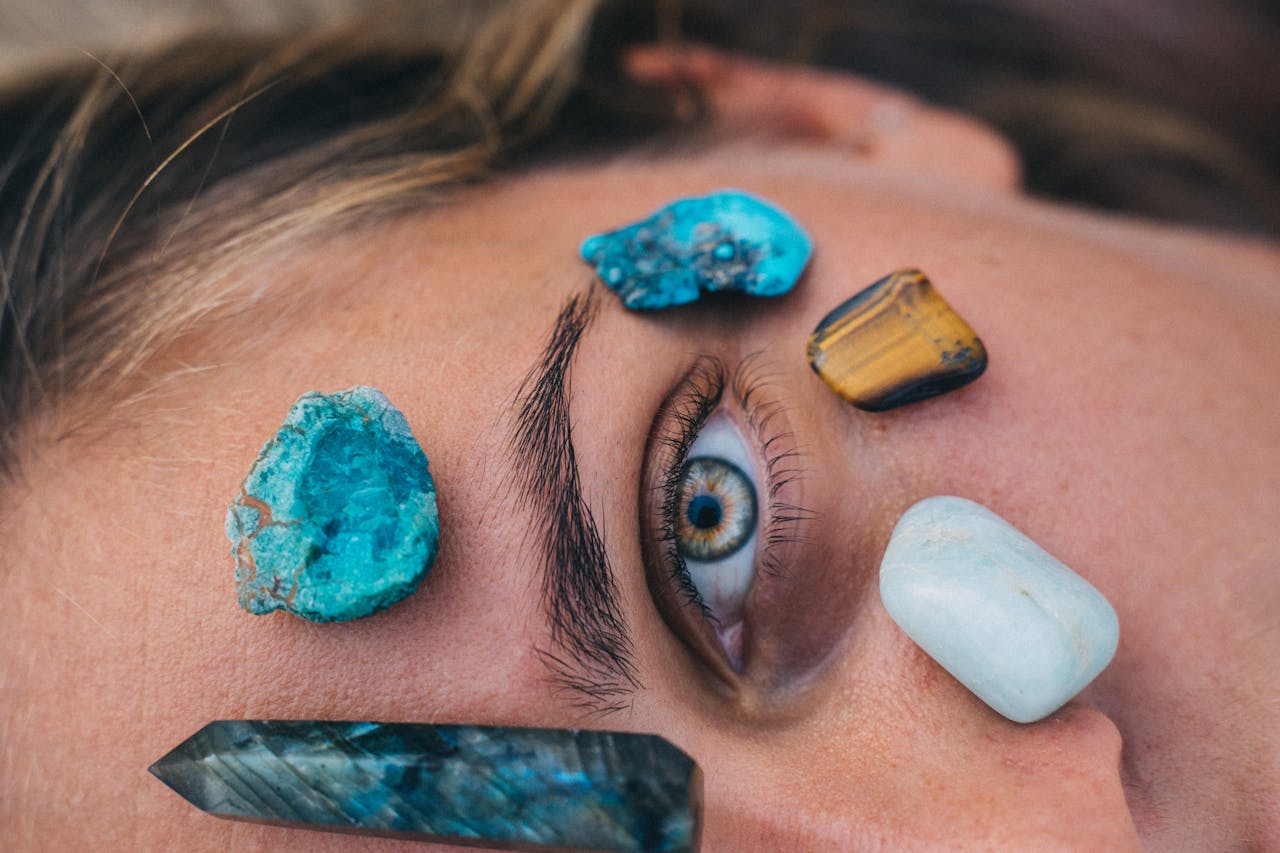GIA vs IGI vs AGS – Which Gem Grading Report Should You Trust
In the world of fine jewelry, a gemstone’s quality and authenticity are paramount. To ensure transparency and trust, gem grading reports have become an essential tool for buyers, sellers, and jewelers alike. Three prominent organizations – the Gemological Institute of America (GIA), the International Gemological Institute (IGI), and the American Gem Society (AGS) – provide gem grading reports that help evaluate a gemstone’s characteristics. But which report should you trust? In this article, we’ll delve into the differences between GIA, IGI, and AGS reports, and explore the strengths and weaknesses of each.
Understanding Gem Grading Reports
Gem grading reports are detailed documents that assess a gemstone’s characteristics, such as its carat weight, color, clarity, cut, and proportions. These reports provide a standardized way to evaluate and compare gemstones, helping to ensure that buyers and sellers are on the same page. But with multiple organizations offering gem grading reports, the question remains: which one is the most reliable?
GIA: The Gold Standard in Gem Grading
The GIA is widely regarded as the most prestigious gem grading organization in the world. With a reputation for accuracy and consistency, GIA reports are considered the gold standard in the industry. GIA gemologists undergo rigorous training and adhere to strict grading standards, ensuring that their reports are highly reliable.
GIA reports provide a comprehensive assessment of a gemstone’s characteristics, including its 4Cs (carat weight, color, clarity, and cut). They also include a unique report number, a diagram of the gemstone’s inclusions, and a statement on the gemstone’s treatment history. The GIA’s grading standards are so respected that many jewelers and gemstone dealers consider a GIA report to be a guarantee of a gemstone’s quality.
IGI: A Global Player in Gem Grading
The IGI is another well-established gem grading organization with a global presence. With laboratories in several countries, IGI provides gem grading reports that are widely accepted in the industry. IGI reports are known for their detailed analysis of a gemstone’s characteristics, including its fluorescence and proportions.
While IGI reports are considered reliable, some critics argue that the organization’s grading standards can be more lenient than those of the GIA. This has led to concerns that IGI reports may over- or under-grade certain gemstone characteristics. Nevertheless, IGI remains a respected player in the gem grading world, and its reports are widely accepted by jewelers and gemstone dealers.
AGS: A Focus on Cut and Proportions
The AGS is a non-profit organization that has gained a reputation for its expertise in cut grading. AGS reports provide a detailed analysis of a gemstone’s cut, proportions, and light performance. The organization’s grading standards are designed to help buyers understand a gemstone’s sparkle and fire, making it an essential tool for those seeking a diamond or other faceted gemstone.
While AGS reports are highly regarded for their cut grading, some critics argue that the organization’s focus on cut and proportions can lead to a lack of detail in other areas, such as clarity and color grading. Nevertheless, AGS reports remain a valuable resource for those seeking a gemstone with exceptional cut and proportions.
Comparing GIA, IGI, and AGS Reports
So, which gem grading report should you trust? The answer depends on your specific needs and priorities. Here’s a summary of the strengths and weaknesses of each organization:
GIA vs IGI vs AGS: A Comparison
| Organization | Strengths | Weaknesses |
|---|---|---|
| GIA | Highly respected, accurate, and consistent grading standards | May be more expensive than other options |
| IGI | Global presence, detailed analysis of gemstone characteristics | Grading standards can be more lenient than GIA |
| AGS | Expertise in cut grading, detailed analysis of proportions and light performance | May lack detail in other areas, such as clarity and color grading |
Choosing the Right Report for Your Needs
When deciding which gem grading report to trust, consider the following factors:
- Purpose: Are you buying or selling a gemstone? If so, a GIA report may be the most reliable choice.
- Type of gemstone: If you’re seeking a diamond or other faceted gemstone, an AGS report may be a good option due to its focus on cut and proportions.
- Budget: If cost is a concern, an IGI report may be a more affordable alternative to a GIA report.
In conclusion, GIA, IGI, and AGS reports each have their strengths and weaknesses. By understanding the differences between these organizations and their grading standards, you’ll be better equipped to make an informed decision when buying or selling a gemstone. Whether you prioritize accuracy, detail, or affordability, there’s a gem grading report that’s right for you.
GIA vs IGI vs AGS – Which Gem Grading Report Should You Trust Read More »
